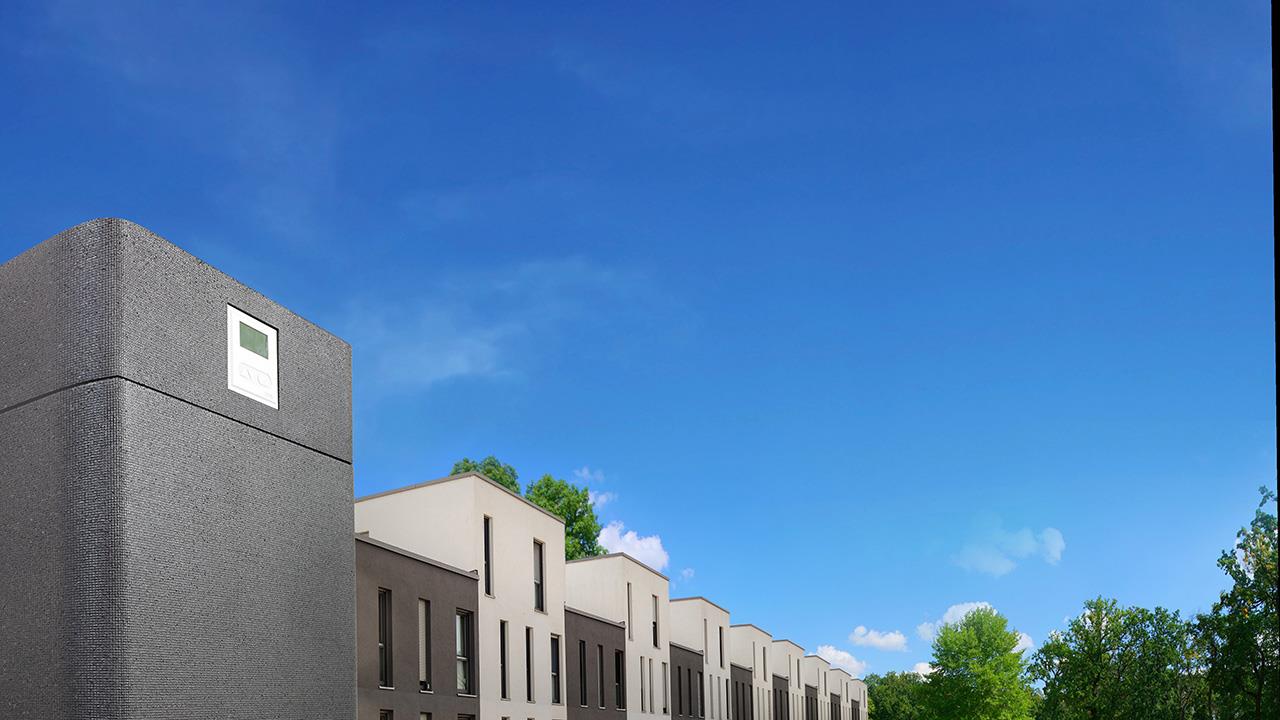

Jonathan Moran, Business Development Manager at Warmafloor, discusses the latest on district heating and how it’s set to change the sector over the next few years.
With new government regulations set to oust traditional gas-powered heating for good, district heating is set to become a more common alternative within domestic properties. There’s therefore never been a more crucial time for installers and heating engineers to educate themselves on the important aspects of district heating.
The lowdown
Traditional heating predominantly uses gas boilers within properties, however this is proving to be highly unsustainable due to the nitrogen dioxide emissions they produce and the large amount of fossil fuels they rely on. The UK government is in the process of implementing a strategic framework for low carbon heating, which will bring in new changes and regulations to ensure we continue to reduce pollution and emissions in a bid to tackle climate change. As part of the framework, from 2025, the use of gas boilers will be banned in new homes, which means the use of alternative solutions, such as electric boilers and district heating, is likely to increase.
District heating is an efficient and eco-friendly alternative, and works best when applied to high-rise apartment blocks and communal living. District heating works by generating heat from one centralised boiler, before distributing to multiple places or apartments at once through individual ‘heat interface units’ (HIUs). This method is already well recognised for its efficiency and low operation costs, and is increasing in popularity due to the large amount of hot water that can be distributed at one time through underground pipework, rather than heating up several individual boilers.
The rising demand of these systems is also due to an increase in urbanisation, as more people move towards high-rise living, meaning a greater spike in opportunities for these communal systems. As a result, the district heating market is rapidly growing, with 55,000 units being installed per year just in the UK.
At present, district heating accounts for 2% of heat demand, but it’s been predicted that by 2030, this could rise dramatically to 14%. This is because when the gas ban comes into place, there will only really be two options for domestic heating – electric boilers or district heating. However, when it comes to large-scale developments, individual electric boilers start to place a huge strain on the national grid, which in effect means that district heating is the only feasible, cost efficient, and practical option in my opinion.
In practice
The increase in high-rise residential properties means domestic plumbers and installers will come face to face with district heating systems much more frequently, if not for the first time. There are several factors that installers will need to get to grips with, as district heating systems and their accompanying HIUs differ greatly from traditional gas boilers.
For example, the size of district heating systems is typically much larger than the traditional boilers that installers may be familiar with and, as they service several separate properties, any changes to the main system would impact multiple residents. This means any work carried out for an individual needs to keep in mind other end-users of the system and cause as little disruption as possible, making it vital that domestic tradespeople are fully aware of how the centralised unit and the subsequent HIUs interact with each other.
Other big changes a domestic plumber may see when dealing with district heating systems are a possible increase in installation jobs and safer maintenance work. This is because district heating systems don’t use gas, and therefore don’t require gas safety checks, which means installation, maintenance, and repairs are made much easier and domestic plumbers can install these units themselves – especially the individual HIUs.
The versatility of district heating systems is a huge plus for installers, as they work well both in urban and rural areas, and can provide an efficient and affordable heating solution to locations that may be off the main gas grid. This also opens an opportunity with commercial and industrial sectors, like agriculture, where reliable and cost-efficient heat is vital, especially in smaller communities.
Future of district
The initiatives put in place by the UK government to tackle pressing issues will certainly impact the heating industry, but will also help to create a pathway for new heating solutions. As these systems become more prevalent, it’s vital that domestic plumbers and installers are fully clued up on the benefits, installation processes, and maintenance surrounding district heating and their accompanying HIUs.
The future of heating properties is taking a drastic, yet positive, turn and the domestic industry will see a shift in the types of systems that will be installed within different types of newbuild homes.
If you'd like to keep up-to-date with the latest developments in the heating and plumbing industry, why not subscribe to our weekly newsletters? Just click the button below and you can ensure all the latest industry news and new product information lands in your inbox every week.